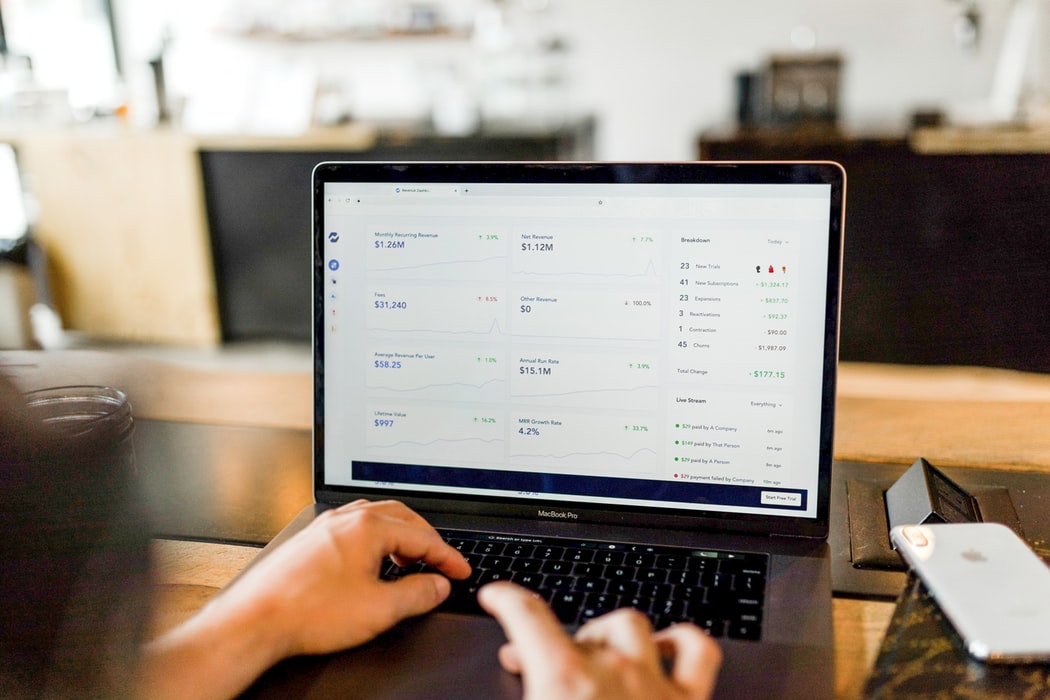
Gone are the days when events were just about creating a buzz or ticking off PR checklists. In today’s dynamic business landscape, events are powerful investments designed to deliver tangible returns—not just in terms of revenue but also through invaluable metrics like digital footprint, lead generation, brand awareness, and engaged audiences. The most successful businesses now invest 1.7 times their marketing budgets into live events, viewing them as strategic assets rather than mere expenses.
As event budgets grow and expectations rise, the need to channel valuable data before, during, and after an event becomes essential. Data-driven insights empower organizers to understand success metrics, refine strategies, and maximize impact. So, how can businesses truly measure their Return on Investment (ROI) across financial, digital, and experiential parameters? Let’s delve into it.
☑ Measuring Your Real Return on Investment
ROI in events is no longer limited to a simple equation of income versus expense. While financial returns are undeniably important, the modern definition of ROI encompasses a range of Key Performance Indicators (KPIs) that holistically measure success. These include metrics related to audience engagement, brand exposure, and lead generation.
How Holistic ROI Is Measured
- Monetary ROI: Revenue generated directly from ticket sales, sponsorships, and on-site sales versus the event’s expenses.
- KPI-Driven ROI: Quantifying the success of areas like social media growth, website traffic, audience engagement, and lead conversions.
To evaluate these metrics effectively, businesses must focus on data collection, analysis, and actionable insights.
☑ Collecting Data During Events
Data collection doesn’t start on event day; it begins the moment you start planning. With well-defined goals in mind, businesses can collect critical baseline metrics beforehand and track their movement during the event. Here’s how to do it effectively:
Start with a Clear Data Collection Strategy
Before diving into the details, outline your goals and the type of insights you hope to derive:
- What are your objectives? Are you aiming for increased registrations, higher social engagement, or enhanced brand awareness?
- What insights will be actionable? Understand how data points can influence decision-making.
- What will you do with these insights? Plan follow-up actions, such as targeting leads post-event.
☑ Budget and Expense Tracking
Tracking your budget is fundamental to understanding ROI. An event management tool like Dryfta’s Budget and Expenses Management System can help you:
- Categorize and track expenses across various heads.
- Compare budgeted amounts with actual figures to identify discrepancies.
- Review historical data to assess trends and optimize spending for future events.
This feature allows organizers to see where money was saved or overspent and why—enabling better financial planning.
☑ Unified Dashboard for KPIs
To prevent data silos, integrate real-time data collection into a unified dashboard. Each team involved in the event—marketing, sales, on-site representatives, and logistics—should have interfaces to input their KPIs. For instance:
- Marketing teams can track website traffic, social mentions, and registrations.
- On-site teams can monitor enquiries, leads generated, and sales.
This central repository minimizes reliance on spreadsheets and ensures every team is working from the same, updated data set.
☑ What Data Should Businesses Be Collecting?
Effective data collection begins with identifying the metrics that matter most to your event's success. Collaborate with each team to define their critical KPIs and the corresponding data points. Here’s a breakdown:
Budget and Financial Metrics
- Budgeted vs. actual sales and expenses.
- Total revenue generated.
- Profit margins (actual vs. projected).
- New expense categories introduced.
Performance KPIs
- Growth in social media followers or engagement.
- Increase in website traffic during the event period.
- Percentage of leads converted into sales.
- Number of social influencers who participated.
☑ Specific Data Points to Track During Events
Once KPIs are defined, track the following metrics to measure progress:
- Attendees: Total number of registrations, no-shows, and new sign-ups.
- Leads: Number of qualified leads generated.
- Social Engagement: Mentions, likes, and shares across platforms.
- Sales: Revenue generated on-site or online.
- Payment Insights: Popular payment methods used.
- Survey Responses: Feedback collected from attendees, speakers, and sponsors.
By capturing these data points, businesses can derive meaningful insights into the event’s impact on their broader goals.
☑ Analyzing Event Data for Actionable Insights
Collecting data is only half the battle; turning it into actionable insights is where the real value lies. Here’s how to approach analysis:
Compare Key Metrics
- Budget vs. Actuals: Assess whether expenses aligned with expectations.
- Projected vs. Achieved: Compare anticipated outcomes, such as attendance or sales, with actual results.
Identify Trends
Use historical data to spot patterns. For example, do certain months yield higher registrations? Is there a spike in website traffic tied to pre-event promotions?
Build Actionable Reports
Create reports that highlight:
- Correlations between marketing efforts and attendee turnout.
- Conversion rates from leads generated during the event.
Dryfta’s Event Analytics and Reporting Tools make this process seamless, offering real-time snapshots of performance metrics. This enables immediate tweaks to optimize ongoing campaigns or on-site processes.
☑ Examples of Metrics and Reports
Here are a few examples of the insights you can derive with data analysis:
- Social Impact: Analyze social media mentions to determine which content resonated most with your audience.
- Lead Nurturing: Use data on leads generated to target potential customers with post-event campaigns.
- Profitability Trends: Evaluate profitability across different event types or regions.
☑ Leveraging Data to Improve Future Events
The ultimate goal of data collection and analysis is continuous improvement. By understanding what worked and what didn’t, businesses can refine their strategies for future events. Here are some ways to use event data to your advantage:
- Optimize Budgets: Allocate funds more effectively based on past ROI data.
- Improve Engagement: Tailor marketing messages and on-site activities to align with attendee preferences.
- Enhance Efficiency: Automate repetitive tasks to reduce operational costs and time.
☑ Real-Time Adjustments During Events
One of the most significant advantages of real-time data tracking is the ability to make adjustments on the fly. For example:
- If social media engagement is lower than expected, you can amplify efforts with live posts or hashtags.
- If a particular booth is seeing less footfall, redirect attendees by highlighting it in announcements or push notifications.
☑ How Dryfta Simplifies Event Data Management
Dryfta’s suite of event management tools is designed to streamline data collection, analysis, and reporting. Here’s what makes it stand out:
- Budget Management: Monitor expenses and revenue in real-time.
- Centralized Dashboards: Collect data from all teams into one unified system.
- Real-Time Analytics: Access actionable insights during the event, not just after.
- Custom Reporting: Generate detailed reports that align with your specific KPIs.
From Insights to Impact: Building a Data-Driven Event Strategy
The saying, “If you can’t measure it, you can’t improve it,” couldn’t be truer for events. Data is the backbone of effective event planning, execution, and evaluation. With every event, commit to a comprehensive data strategy that encompasses:
- Pre-event baseline metrics.
- Real-time tracking during the event.
- Post-event analysis and actionable insights.
By making data a central pillar of your event strategy, you not only maximize ROI but also ensure continuous improvement and greater success in future events.
Transforming Events into Strategic Investments
Events have evolved far beyond PR exercises—they are now powerful drivers of business growth. By leveraging data collection, analysis, and real-time adjustments, businesses can transform their events into strategic investments that deliver monetary, digital, and experiential returns.
With tools like Dryfta’s Event Analytics and Budget Management, event organizers have everything they need to streamline operations, track performance, and maximize ROI. Start treating your events as the strategic assets they are, and watch your brand achieve unprecedented growth and success.
Make your next event data-driven. Make it impactful. Make it with Dryfta.





